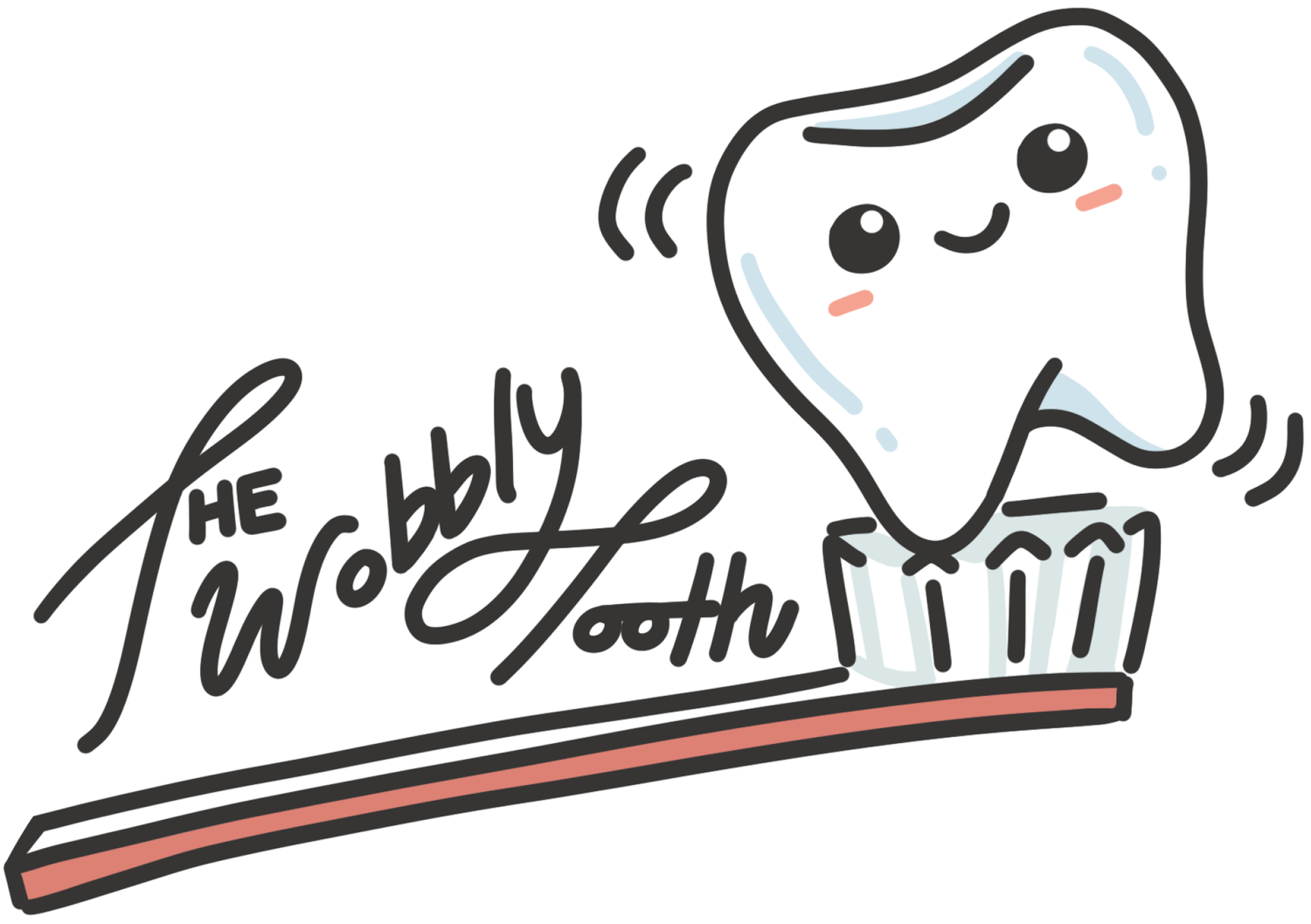Cavities: Understanding the Causes, Symptoms, and Prevention
A cavity, also known as dental caries, is a common problem that affects many people worldwide. It is a hole in the tooth that is caused by the breakdown of the enamel and dentin, which are the protective layers of the tooth. Cavities are often the result of the accumulation of plaque and bacteria, which produce acid that erodes the tooth’s surface.
Cavities can be a painful and uncomfortable experience, and if left untreated, they can lead to more serious dental problems. Therefore, it is essential to understand the causes, symptoms, and prevention of cavities.
Causes of Cavities
The primary cause of cavities is the accumulation of plaque on the teeth. Plaque is a sticky film of bacteria that forms on the teeth and gums. Bacteria in the plaque produce acid as they feed on sugar and carbohydrates in the food we eat. Over time, this acid can erode the enamel and dentin, leading to the formation of cavities.
Some other factors that can contribute to the development of cavities include:
Poor oral hygiene: Brushing and flossing regularly help to remove plaque and bacteria from the teeth and gums. Neglecting these habits can increase the risk of developing cavities.
Dietary habits: Consuming foods and drinks high in sugar and carbohydrates can increase the risk of cavities. The bacteria in plaque feed on these substances, producing more acid and eroding the tooth’s surface.
Dry mouth: Saliva helps to neutralize the acid produced by plaque and bacteria. A dry mouth, which can be caused by certain medications or medical conditions, can increase the risk of cavities.
Medical conditions: Certain medical conditions, such as diabetes and HIV, can impair the body’s ability to fight off bacterial infections, increasing the risk of cavities.
Symptoms of Cavities
The symptoms of cavities can vary depending on the severity of the problem. Some common symptoms include:
Pain or sensitivity when consuming hot or cold foods or drinks
Pain when biting or chewing
Visible holes or pits in the teeth
Tooth discoloration
Bad breath or a foul taste in the mouth
Swelling or tenderness in the gums near the affected tooth
If you experience any of these symptoms, it is important to see a dentist as soon as possible to receive a diagnosis and treatment plan.
Prevention of Cavities
Fortunately, there are many steps you can take to prevent cavities. Some of the most effective strategies include:
Brush and floss regularly: Brushing and flossing regularly help to remove plaque and bacteria from the teeth and gums, reducing the risk of cavities.
Use a fluoride toothpaste: Fluoride is a mineral that helps to strengthen the enamel and prevent cavities. Using a fluoride toothpaste can help to reduce the risk of cavities.
Limit sugary and starchy foods: Consuming foods and drinks high in sugar and carbohydrates can increase the risk of cavities. Limiting these foods and replacing them with healthier options, such as fruits and vegetables, can help to reduce the risk of cavities.
Drink plenty of water: Drinking plenty of water can help to keep the mouth hydrated, reducing the risk of cavities.
Visit the dentist regularly: Regular dental check-ups and cleanings can help to identify and treat cavities early, beforethey become more serious. Your dentist can also provide additional fluoride treatments and other preventative measures to help keep your teeth healthy and cavity-free.
In conclusion, cavities are a common problem that can lead to serious dental issues if left untreated. By understanding the causes, symptoms, and prevention of cavities, you can take the necessary steps to keep your teeth healthy and avoid painful and uncomfortable experiences. Regular dental check-ups, good oral hygiene habits, and a balanced diet can all play a role in preventing cavities. If you experience any symptoms of cavities, it is important to see a dentist as soon as possible to receive a diagnosis and treatment plan.
Sources:
American Dental Association. (2021). Cavities (Tooth Decay). https://www.mouthhealthy.org/en/az-topics/c/cavities
Centers for Disease Control and Prevention. (2021). Dental Caries (Cavities). https://www.cdc.gov/oralhealth/conditions/cavities/index.html
World Health Organization. (2021). Dental Caries. https://www.who.int/news-room/fact-sheets/detail/dental-caries
Mayo Clinic. (2021). Cavities. https://www.mayoclinic.org/diseases-conditions/cavities/symptoms-causes/syc-20353856

